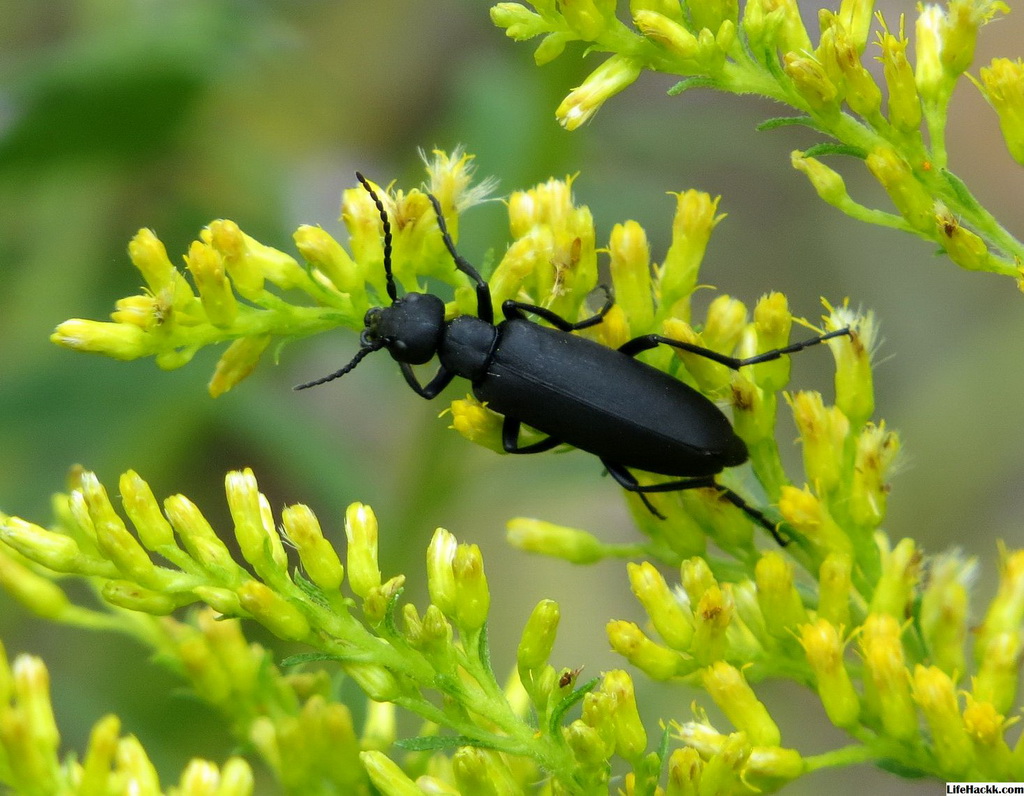#Meloidae #BlisterBeetles #InsectInvasion #CropDamage #LivestockHealth #EnvironmentalImpact
Blister beetles, also known as Meloidae, are a type of insect that can be found in different parts of the world. These beetles are known for their striking colors and patterns, but also for their harmful effects on livestock and crops. Recently, there has been a surge in the population of blister beetles, which is causing concern among farmers and researchers alike.
The development of this invasion can be traced back to a number of factors, including climate change, the use of certain pesticides, and the loss of natural predators. As a result, blister beetles are thriving and spreading to new areas, causing significant damage to crops and posing a threat to livestock. In addition, the toxins that blister beetles produce can be harmful to humans as well, making it important to control their populations.
Efforts to control blister beetle populations are underway, but there is still much to be done. This includes researching new ways to control the beetles without harming other insects or the environment, as well as educating farmers on how to identify and deal with blister beetle infestations.
The consequences of failing to control blister beetle populations are significant. Livestock can become sick or even die from eating contaminated hay or feed, while crops can be significantly reduced in yield or even destroyed. In addition, the economic impact of such losses can be substantial, affecting not only farmers but also consumers who rely on these products.
In conclusion, the rise of blister beetles is a concerning development that requires immediate attention. By working together to find effective solutions, we can mitigate the damage caused by these insects and ensure a healthy and sustainable agricultural industry for years to come.
